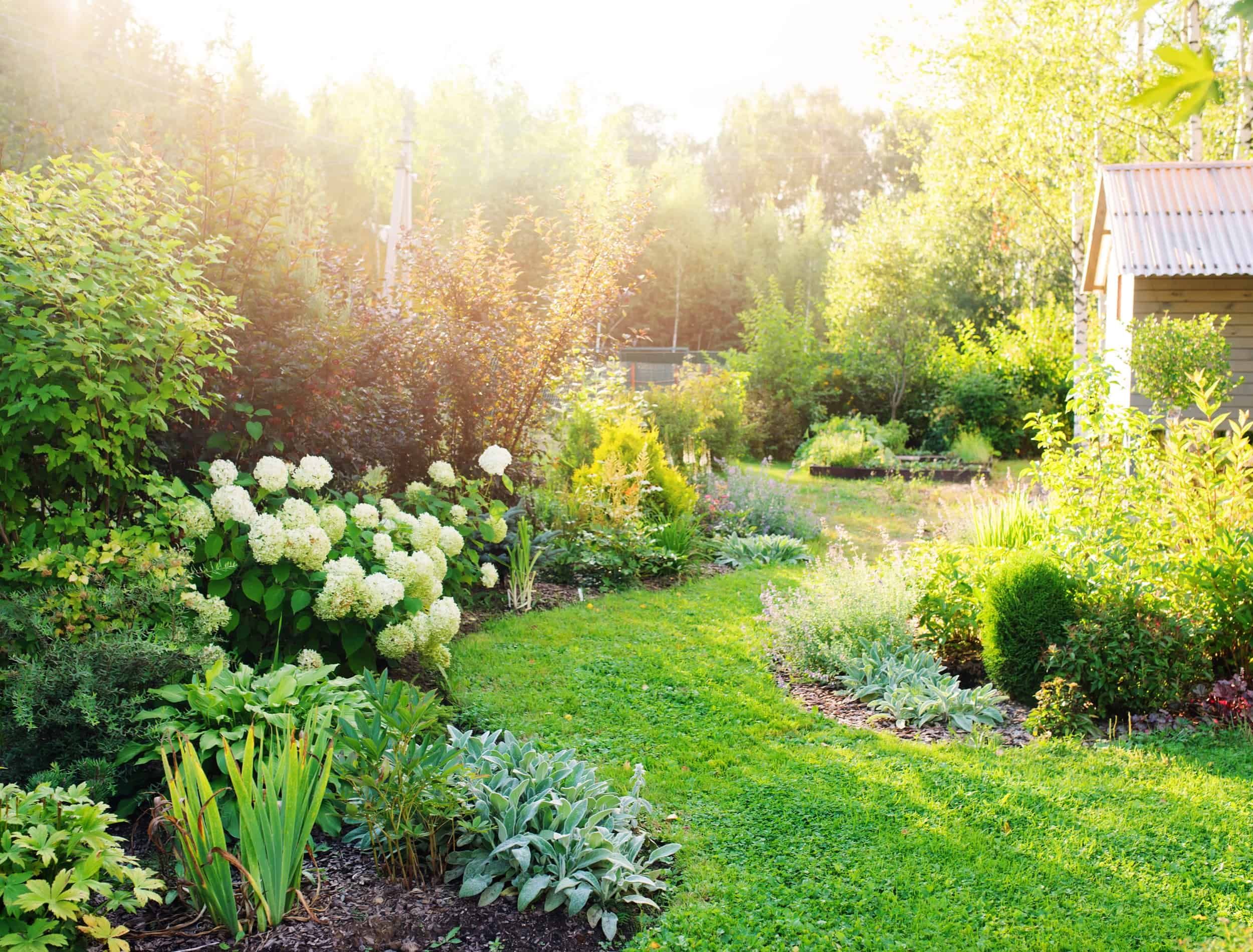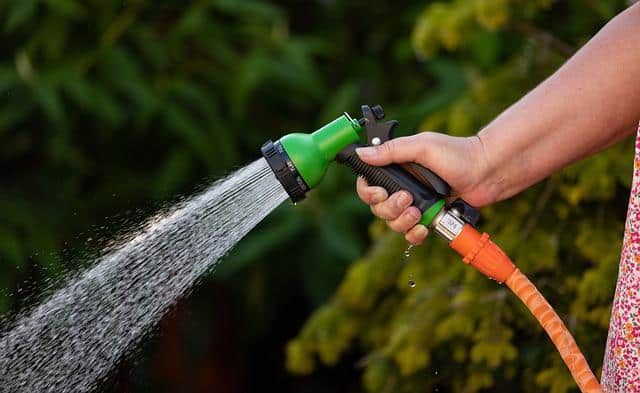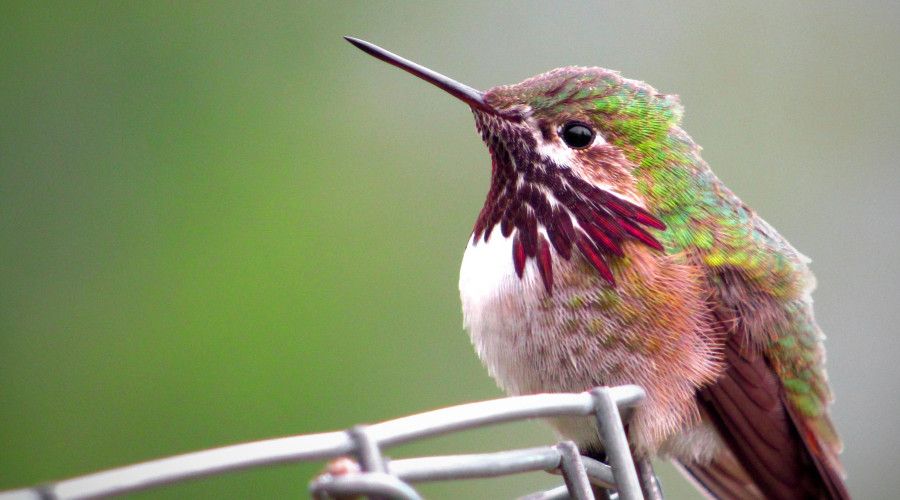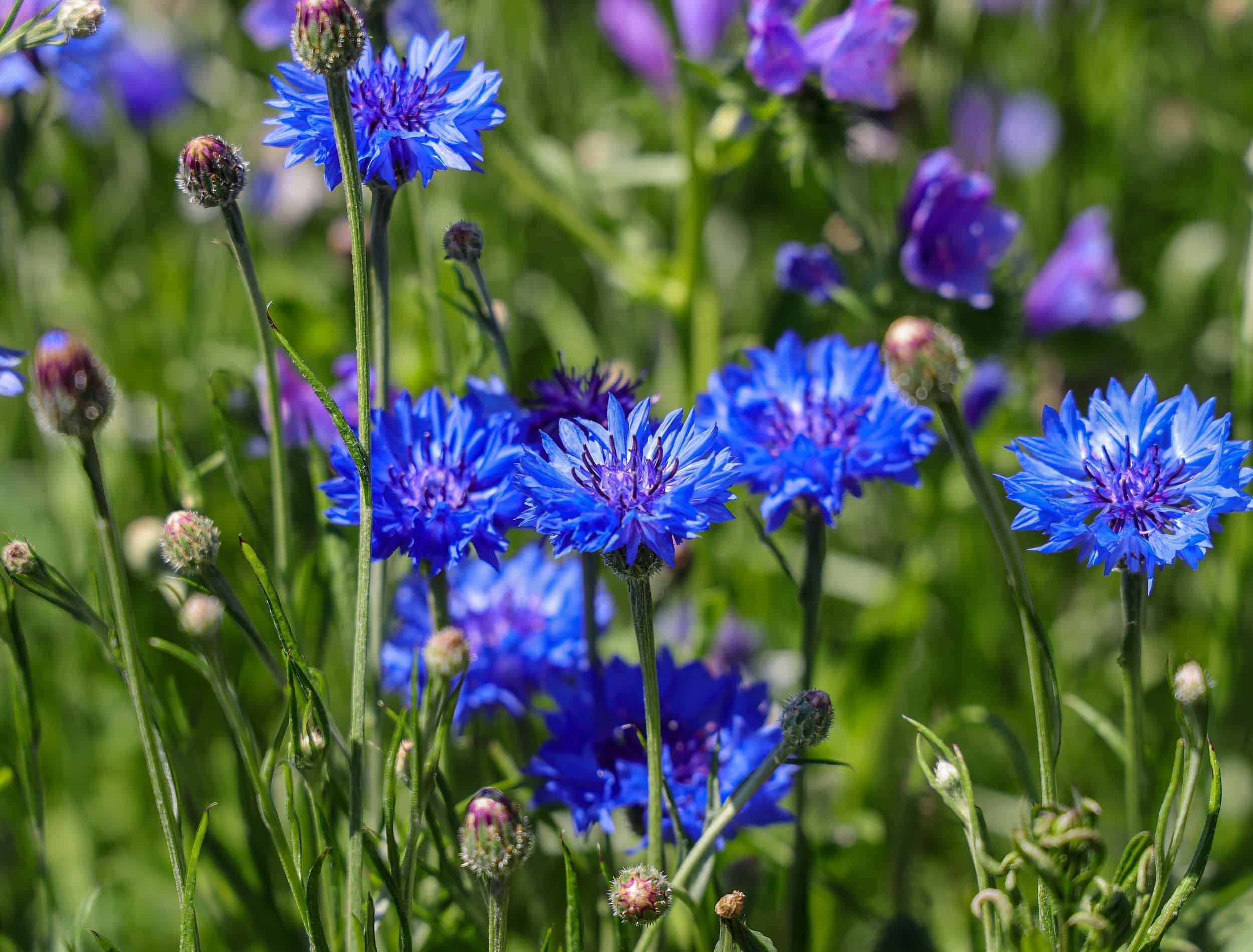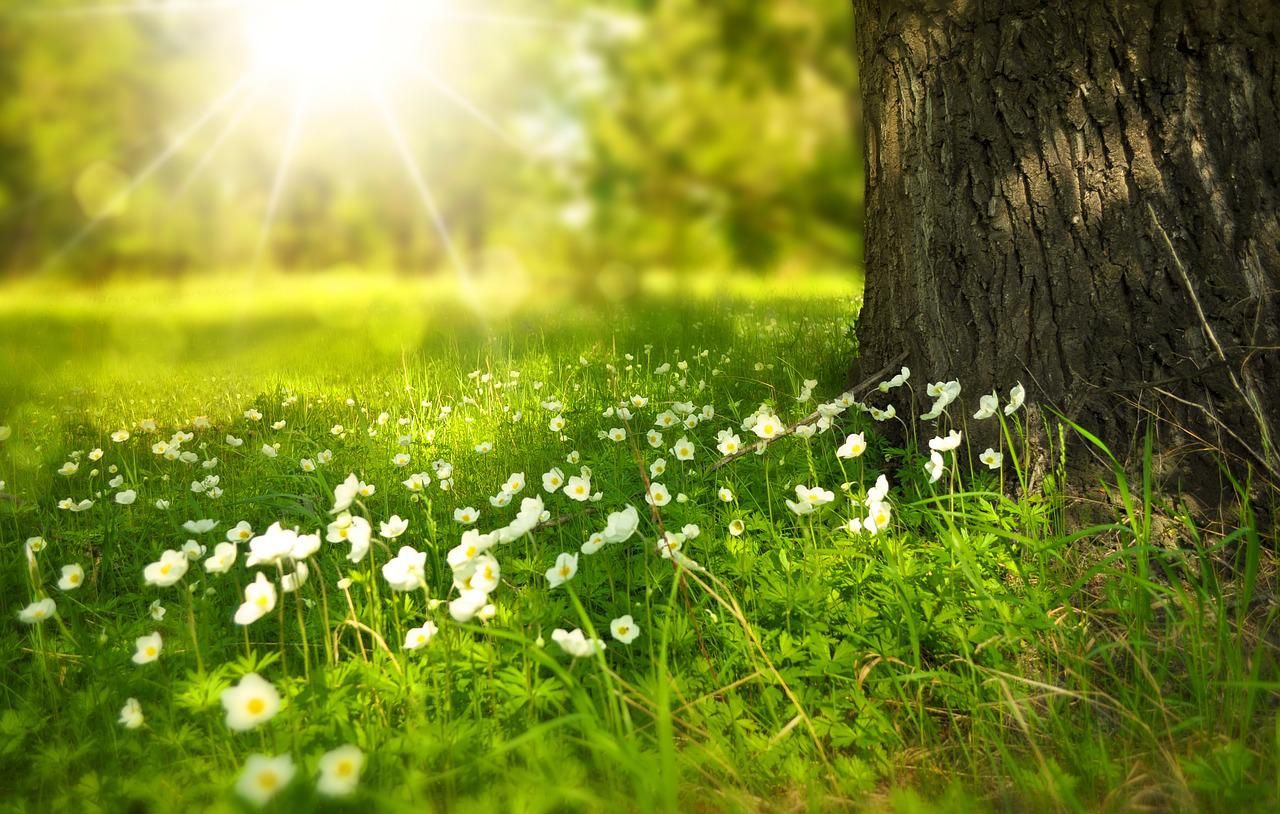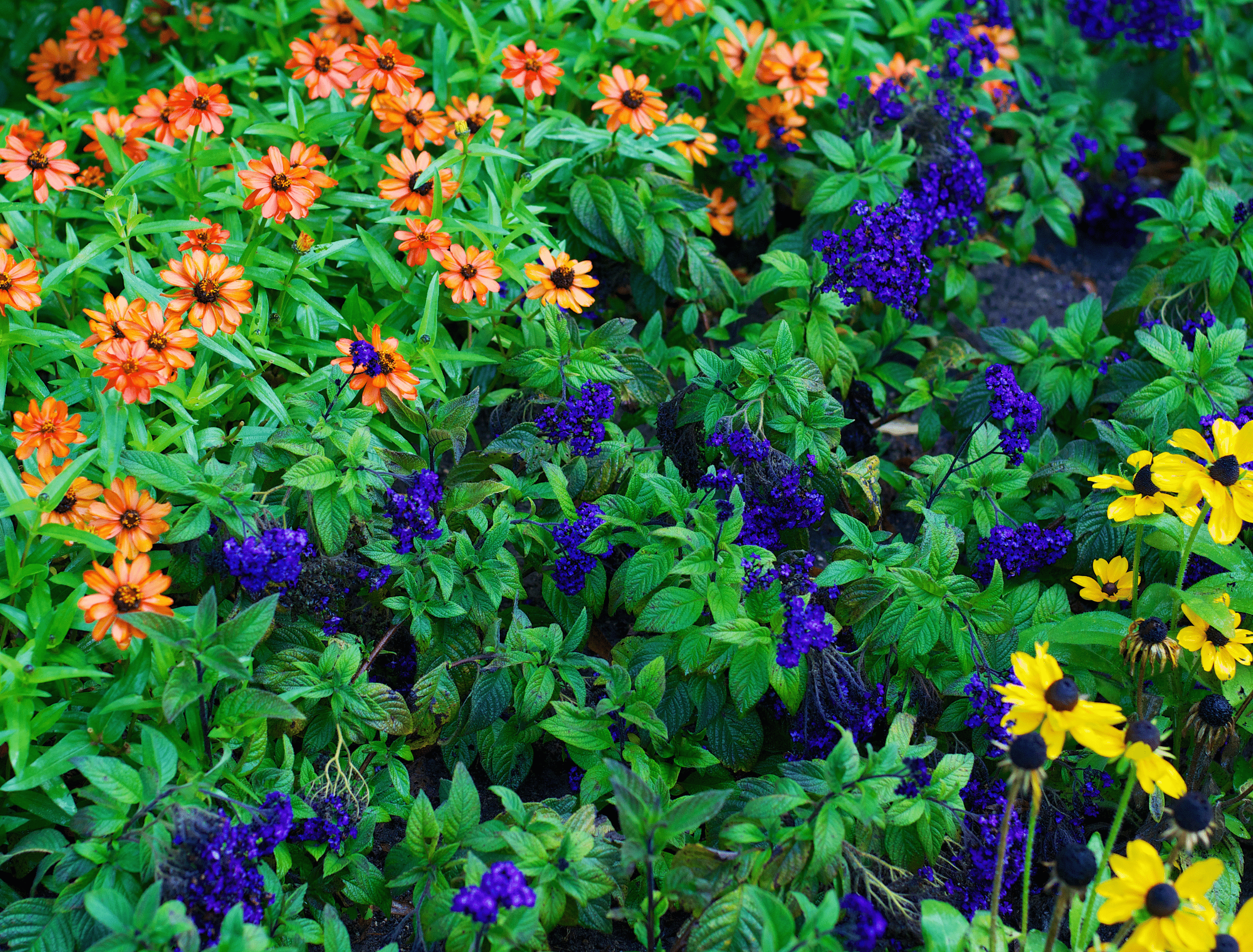There are many reasons to add native plants to your garden. Perhaps you're looking to attract pollinators or want a low-maintenance option that will thrive in your climate.
They can provide habitat for native wildlife, help to reduce soil erosion, and require less water than non-native species. They are also more resistant to pests and diseases, so you'll save money on chemicals and water.
No matter your motivation, adding native plants is a great way to make your garden look spectacular and healthy. Keep reading for more information on the benefits of using native plants in your landscape.
They Adapt to Your Regional Climate
Image credits: ChiCasting via Canva
As we all know, plants are a vital part of our ecosystem. They help to purify the air we breathe and can even help to regulate the climate. But did you know that different plants have different ways of adapting to their regional climate?
For example, in regions with cold winters and hot summers, native plants have developed strategies to survive the extreme temperature changes. Many of these plants have evolved to become deciduous, meaning they shed their leaves in order to retain energy and nutrients as cold, dry weather approaches.
In contrast, native plants in regions with milder climates may not have to worry as much about extreme temperatures. However, they still need to adapt to their local environment in order to survive. For example, some plants in these regions have developed deep roots that help them access moisture during periods of drought.
No matter what the climate, native plants have developed strategies to survive and thrive.
Native Plants Use Less Water
Image credit: Image Credits: 9436196 via Pixabay
Did you know that native plants require less water than non-native species? It's true! They have adapted to the climate and rainfall patterns of their specific region, so they don't need as much supplemental watering. Planting local plants can save you time and money on your watering bill.
Not only do they require less water, but they also help to conserve water resources. By reducing the need for supplemental irrigation, they can help reduce the strain on local water supplies. This is especially important in areas where water is scarce or where drought conditions are common.
They Support Wildlife
Image credits: Daniel Roberts via Pixabay
Did you know that native plants are not only beautiful, but they also support local wildlife? That's right - by having these plants in your garden, you provide a much-needed food source and habitat for birds, bees, and other local creatures.
They Can Help Reduce Your Carbon Footprint
Image credit: Brookgardener via Shutterstock
As mentioned above, native plants are adapted to the local climate, which means they require less water, fertilizer, and pesticides to thrive. Because of that, there are fewer greenhouse gas emissions from all of the energy used to produce those things.
Native Plants Are Beautiful!
Image credits: Larisa-K via Pixabay
There's something about native plants that screams "home." Maybe it's because they're the plants that were there before us or because they've adapted to their environment in a way that makes them uniquely suited to this place. Either way, they are an important part of any landscape, and there are plenty of species to choose from no matter where you live.
Native plants come in a wide variety of shapes, sizes, and colors, so you're sure to find one that fits your aesthetic. From the stately bluebonnet (Texas' state flower) to the fragrant native azaleas of the Southeast, there's a plant out there for everyone.
How To Plant And Care For Native Plants
Image credits: pielberg via Canva
If you're ready to make the switch to native plants, here are a few tips to get you started:
Do your research
Talk to your local nursery or extension office and find out which plants best suit your climate and soil type. You can also take a walk around you neighborhood and see what native plants you find along the way.
Prep your garden bed
Before planting, till the soil and remove any weeds or debris, because your plants will need well-drained soil to thrive.
Plant in the spring or fall
The best time to plant is in the spring or fall when the weather is cool, and the rains have arrived. This gives the plants a chance to get established before the hot summer months arrive.
Don't forget to mulch
Mulching helps to retain moisture and keep weeds at bay. Apply a two-inch layer of organic material such as wood chips or straw around your plants. This will also help with drainage.
Water deeply and less frequent
These plants have deep roots that help them to withstand drought conditions. Watering deeply and less frequently will encourage deep root growth and make your plants more resistant to drought.
Time To Support Your Local Ecosystem
Native plants are the key to a thriving garden! Not only do they provide important ecological benefits, but they also look great and are easy to care for. If you’re looking to add some native plants to your landscape, check out your local garden nursery. They should have a wide variety of options available so you can find the perfect plants for your space.
Do you have any tips or tricks? Let us know in the comments below!

